Do Polo Shirts Have to Have a Collar?
Table of Contents
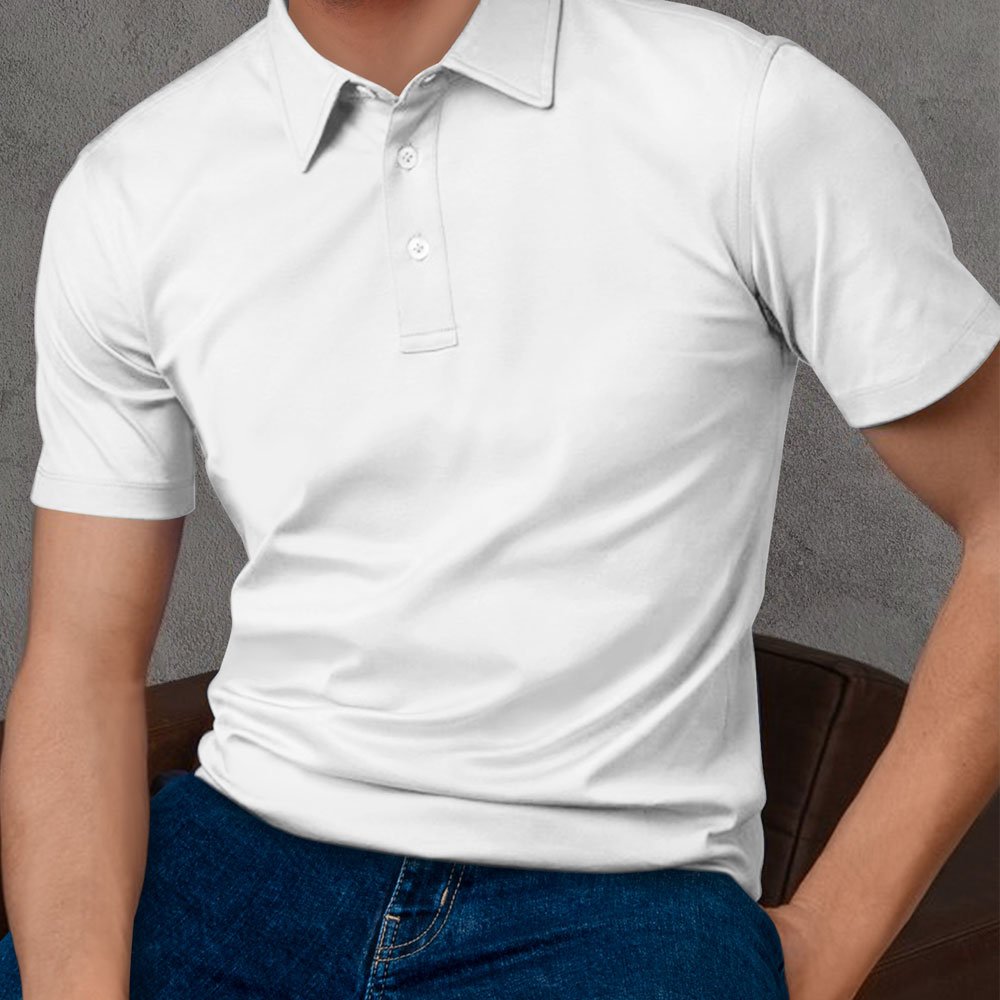
When it comes to versatile clothing that can span casual, business casual, and even semi-formal occasions, the polo shirt is hard to beat. But despite its ubiquity, the design of polo shirts can be confusing. With so many styles available—knit polo shirts, dri-fit polos, black and navy blue options, and even polo shirts for women or sports teams—the question arises: do polo shirts really need a collar?
The Classic Polo Shirt Design
Traditionally, polo shirts are defined by their short sleeves, a collar, and a few buttons at the neckline. This design was popularized by Jean Rene Lacoste, a tennis champion, who wanted a comfortable, stylish alternative to the stiff long-sleeved shirts worn on the court in the early 1900s. His new style replaced long sleeves with short ones, added a soft collar for easy movement, and even introduced a slightly longer back hem to keep the shirt tucked in.
While the collar remains one of the key features of the traditional polo shirt, not every modern variant strictly follows this design. Knit polo shirts and dri-fit polo shirts, for instance, retain the original look but often vary in fabric and cut to suit specific needs, like athletic or business casual environments. Knitted polo shirts are particularly popular in work settings where a polished, professional appearance is required, while dri-fit polos are preferred for active settings due to their moisture-wicking properties.
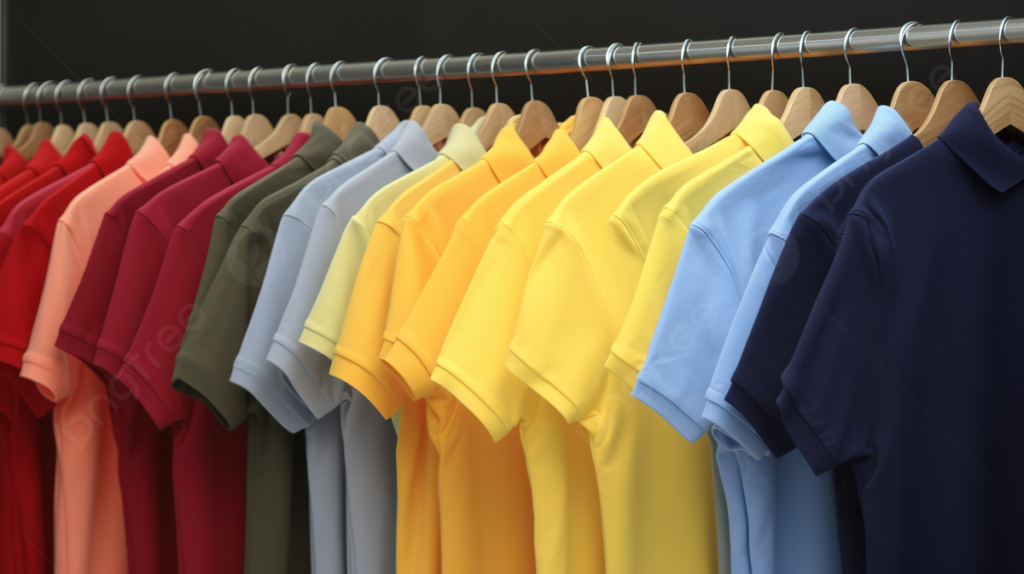
Why the Collar Matters

The collar is more than just an aesthetic choice; it has a practical role too. In sports, where the polo shirt originated, the collar provided sun protection for players’ necks. In the workplace, it adds a touch of formality. A navy blue polo shirt with a collar, for example, paired with chinos or slacks, offers a clean, polished look suitable for business casual settings.
The collared design quickly became iconic and made polo shirts a wardrobe staple. Today, the collared polo remains a popular choice for both men and women who want a blend of comfort and style. Whether it’s a custom sport polo shirt for a team or a polo shirt designed for a school organization, the collar helps create a structured, classic look that feels complete.
The Rise of Collarless Polos
As fashion evolves, collarless versions of the polo shirt have gained popularity. These designs may feel less formal and are often more relaxed, blurring the lines between a basic t-shirt and a polo. Collarless polos can be seen in modern sports polo shirts, where comfort and movement take precedence over traditional structure.
Yet, even in casual environments, a collared polo remains the preferred option for those who want a touch of refinement. A black polo shirt or a navy blue polo shirt with a collar, for instance, easily dresses up an outfit, while collarless polos are more often reserved for laid-back outings. In team environments, such as with sports team polo shirts, collars continue to dominate, as they give a unified and coordinated appearance.
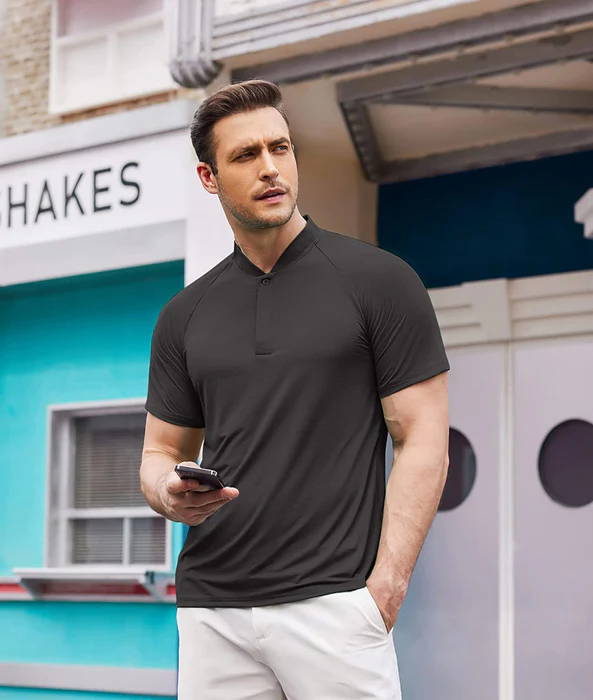
Polo Shirts in Different Fabrics and Styles
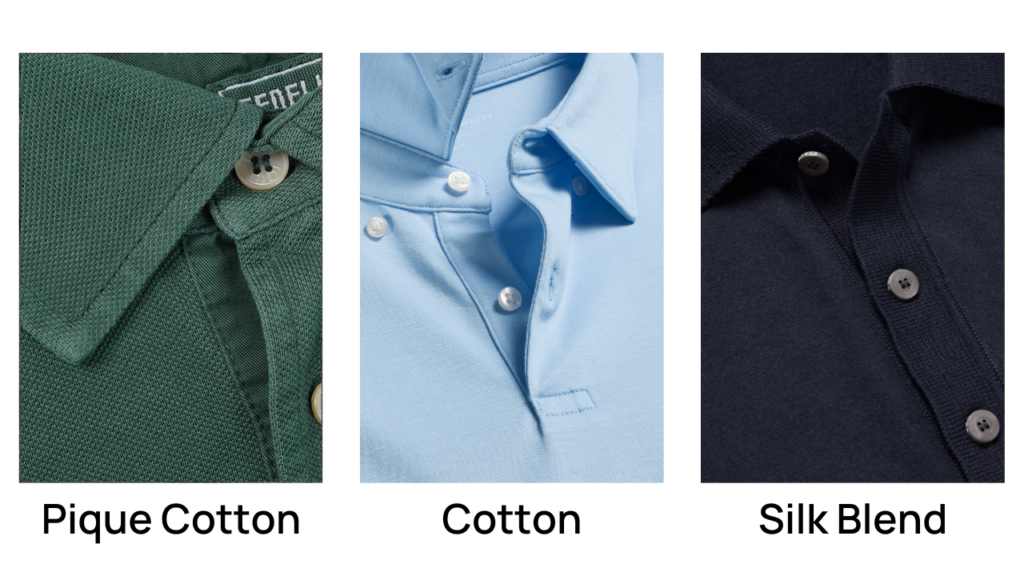
The fabric of a polo shirt also influences the overall look and function. Knitted polo shirts, are usually crafted from cotton or merino wool and offer a softer, more sophisticated texture. This makes them ideal for work settings where you want a polished appearance without sacrificing comfort. Knit polo t-shirts, on the other hand, are lighter and usually made of jersey or other soft cotton blends, which makes them a favorite choice for summer attire.
In contrast, dri-fit polo shirts and other athletic styles prioritize moisture-wicking and breathability. Made from polyester or blended fabrics, these are tailored for performance, ideal for sports or outdoor activities. These sport polo shirts typically feature a looser fit for maximum movement and ventilation, and they’re commonly seen in school organizations, sports teams, and other group settings that require a cohesive, professional look.
Color and Customization Options
Color choices have also expanded the appeal of polo shirts across different settings. The black polo shirt and navy blue polo shirt are staples that work well for both casual and business casual settings, while a vibrant purple polo shirt or a custom-designed sport polo shirt can inject personality and individuality. For organizations, such as school groups or sports teams, custom sport polo shirts allow for logo embroidery, specific color schemes, and unique details that reflect team identity.
Women’s polo shirts have similarly diversified, with options like shorter sleeves, tapered cuts, and lightweight fabrics catering to varied preferences and body types. In both men’s and women’s options, colors like black, navy, and classic white are preferred for business casual, while brighter hues like purple and green are popular in casual and athletic settings.
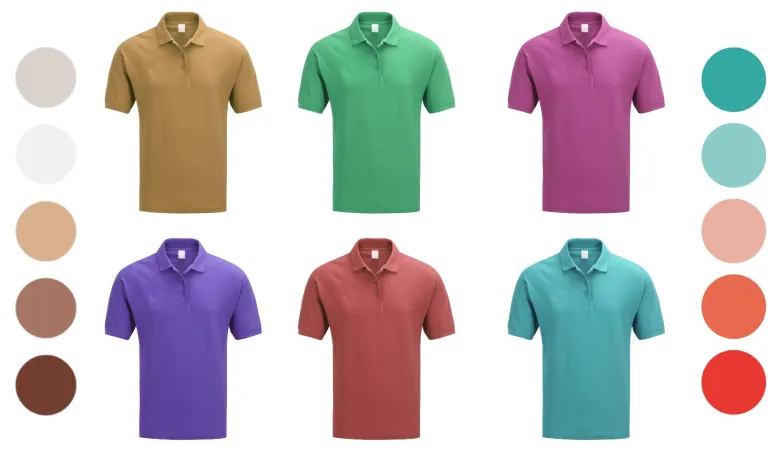
Polo Shirts for All Occasions

The flexibility of the polo shirt goes beyond its basic design. Polo shirts are now available in styles that range from formal to athletic, making them suitable for nearly every occasion. Business casual events are well-served by long-sleeved or knitted polo shirts in neutral tones, while custom sport polo shirts make it easy to create a unified look for team events or company gatherings.
And while many polo shirts retain the collar, collarless styles have their own place, especially in casual or summer wear. As polo sport t-shirts and sports polo t-shirts continue to trend in athletic apparel, brands are experimenting with collarless designs, zip collars, and contrasting trim for a more contemporary feel.
Do Polo Shirts Really Need a Collar?
Ultimately, whether or not a polo shirt needs a collar depends on the setting and personal style. If you’re dressing for work, business casual events, or semi-formal gatherings, a collared polo shirt in a neutral color like black, navy, or gray will always provide a timeless, put-together look. In more casual or athletic environments, collarless designs or polos with a zip neck can bring a modern twist that emphasizes comfort.
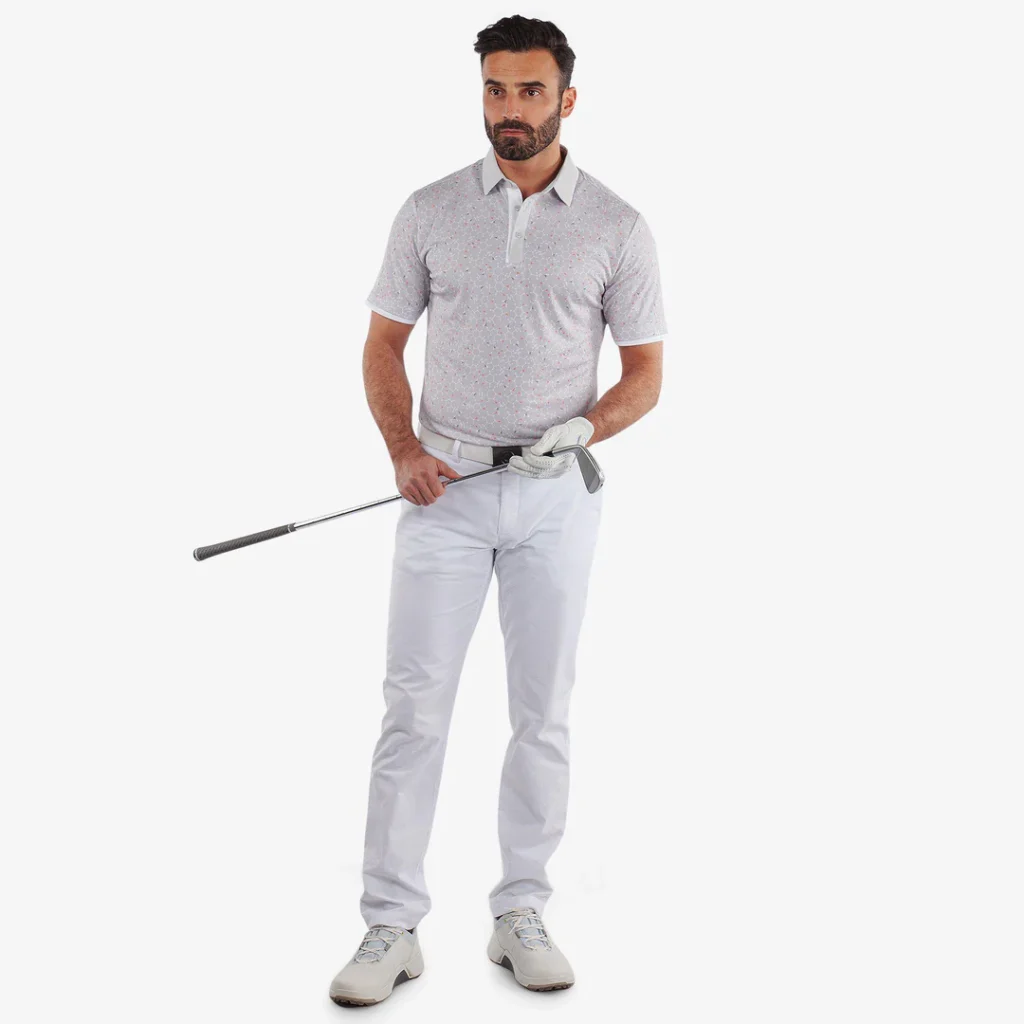
Conclusion: Collar is Inevitable For Polo Shirts
Despite these innovations, the classic collared polo shirt remains a wardrobe staple, and it’s easy to see why. It’s adaptable, easy to style, and works for a range of occasions. So, while a polo shirt doesn’t have to have a collar, the traditional design—with its blend of comfort, style, and practicality—will likely always have a place in fashion. Whether you’re choosing a sport polo shirt, a knitted polo for the office, or a custom polo for a team event, the collar is a detail that effortlessly elevates this versatile garment.

